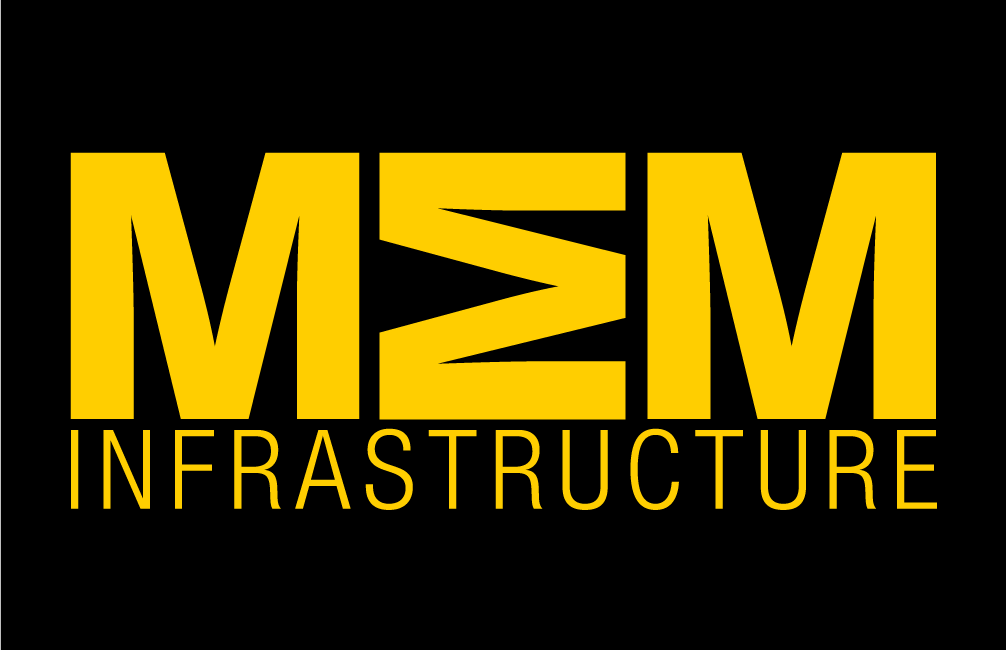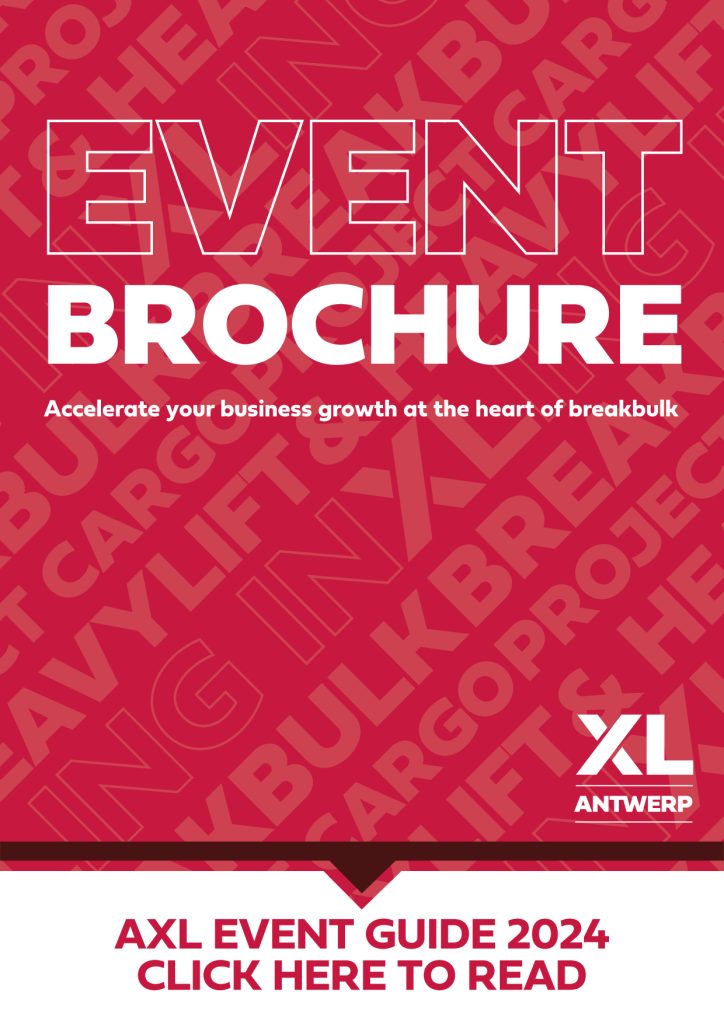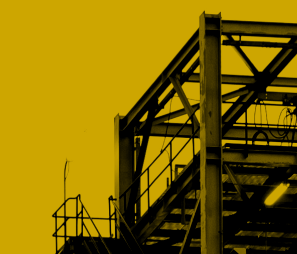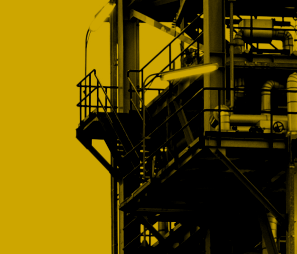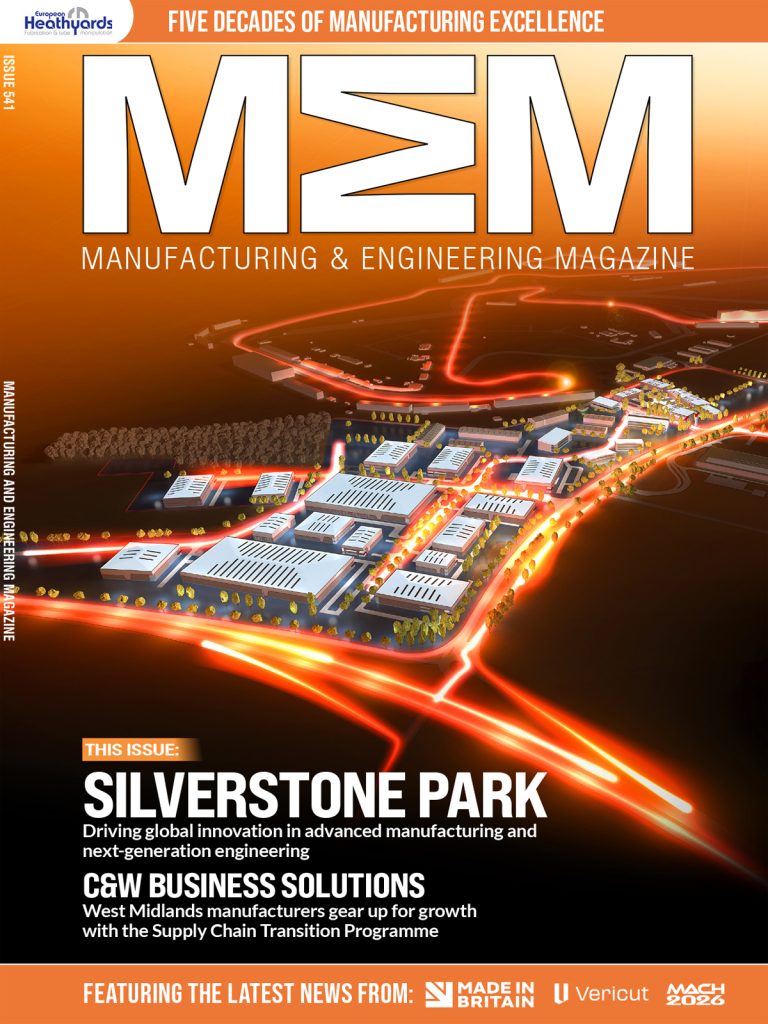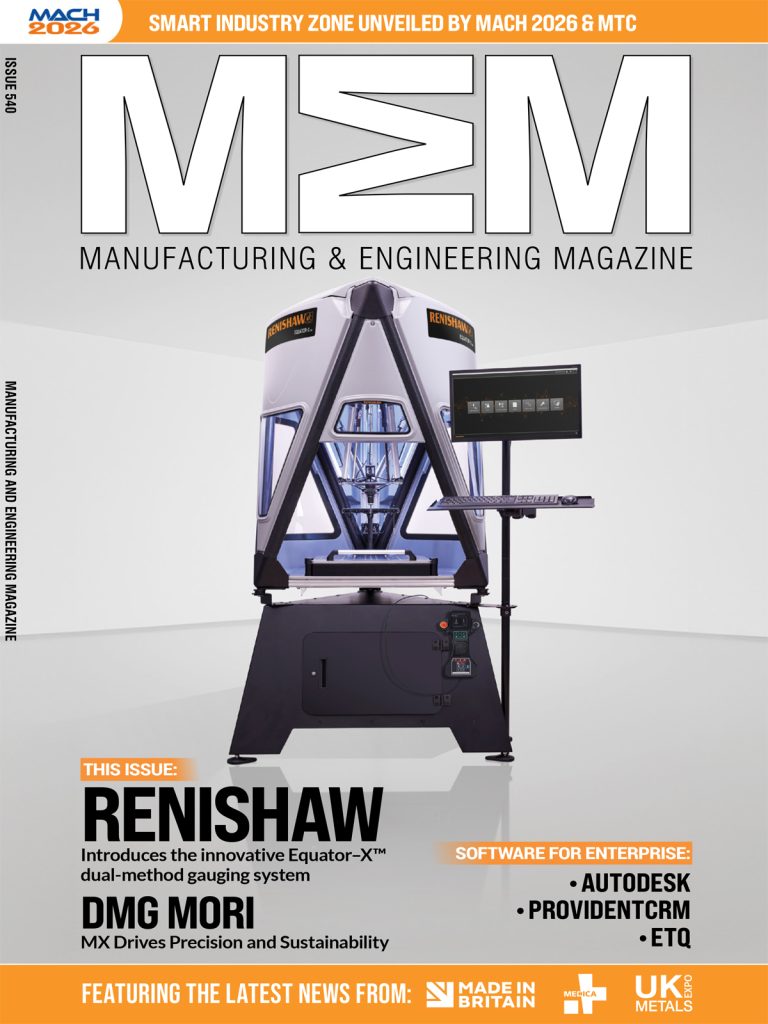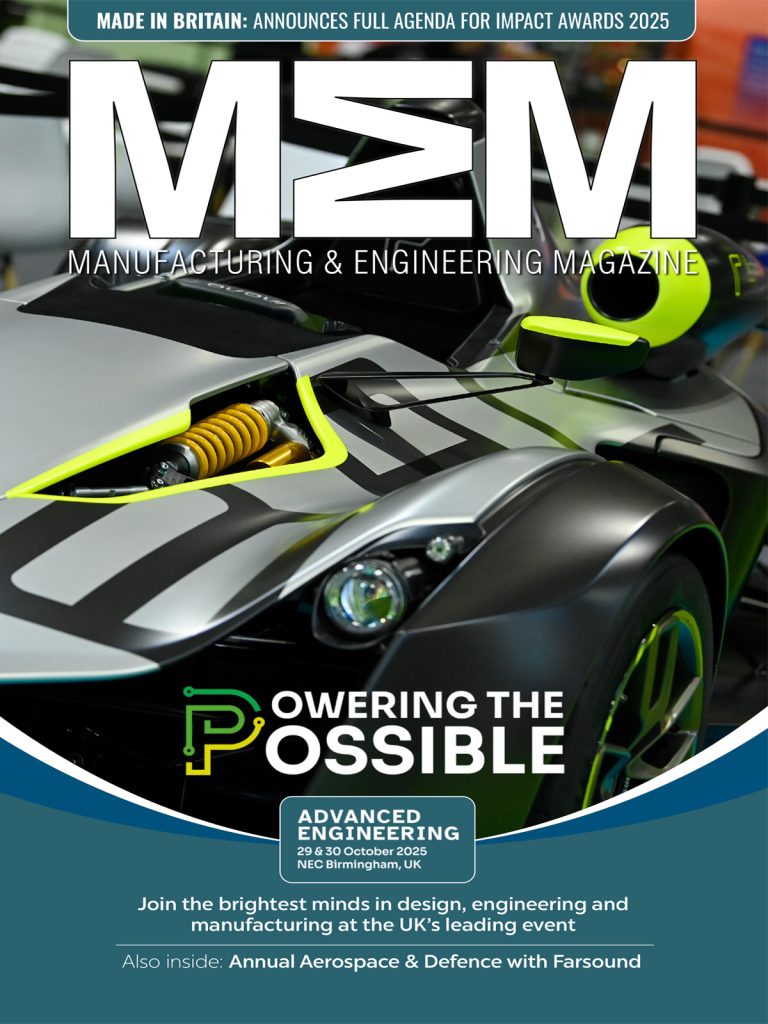The Role of Service Life Prediction Models and MCI®
Concrete, one of the world’s most widely used materials of construction, has an undying enemy: Corrosion. If left unchecked, corrosion expands reinforcing metals, leading to cracking, spalling, and gradual deterioration of the structure. Because concrete structures are so costly and energy-intensive to build, it is hard to overemphasize the importance of making them last as long as possible for financial and environmental reasons. With this in mind, Ashraf Hasania (Cortec® MCI® Technical Sales & Product Manager) recently shared the importance of service life prediction models and Migrating Corrosion Inhibitors (MCI®) in helping engineers achieve a structure’s desired lifespan.
Service Life Prediction Models
Several computer models have been developed to predict the effect of an environment and concrete mix on a structure’s service life. These programs include Life-365™ (free-to-use), WJE CASLE™, and STADIUM®. Models look at various inputs such as temperature, chloride exposure, and durability factors along with structural type, dimensions, and design mix to estimate how long it will take for corrosion to initiate and lead to failure. Typically, engineers use these models during the design phase to help choose the materials that meet service life and durability requirements for the project. However, modeling can also be done after a structure is built because it allows the engineer to work backward to understand where the project is on the service life chart and what corrosion mitigation measures (e.g., SACIs such as MCI®-2020, MCI®-2018) should be implemented to achieve the required extension in service life.
Effect of MCI® on Service Life Predictions
Service life prediction models are especially helpful when deciding whether to add durability enhancers such as MCI® admixtures to the mix design. For example, Hasania explained that, based on standard testing, MCI® admixtures are expected to delay corrosion initiation by more than three times and reduce corrosion rates by five times once started (unlike many durability enhancers which only delay time to corrosion and don’t help thereafter). To decide whether it makes sense to add MCI® or another durability enhancer in the design phases, is important to run at least two models—e.g., a baseline model without MCI® and one with MCI®—to compare the difference in service life prediction.
Understanding the Limitations of Service Life Models
As with any computer modeling, it is important to realize that these predictions are just that—models based on assumptions and simplifications of real-life processes that cannot predict the future or understand all variables with 100% accuracy. For example, it is common for models to base predictions on a linear, steadily increasing corrosion rate, when corrosion rates can fluctuate from day to day. Also, these models assume a sound uncracked concrete which is not realistic. It is therefore a best practice for building owners to continue monitoring structures for corrosion to make sure all is going as expected and any surprises can be immediately addressed.
Pursuing Greater Durability, Sustainability
While no servicelife prediction models can perfectly tell the future, they are important tools for understanding the general effects of different environments and materials and helping engineers design the most durable, sustainable structures possible. Contact Cortec® to learn more about service life models and where MCI® fits into extending the service life of concrete structures.
Keywords: concrete durability, service life prediction, MCI, concrete corrosion, sustainability, From Grey to Green, Cortec, MCI, concrete admixtures, structural design phase tips
Need a High-Resolution Photo? Visit: www.cortecadvertising.com.Cortec® Corporation is the global leader in innovative, environmentally responsible VpCI® and MCI® corrosion control technologies for packaging, metalworking, construction, electronics, water treatment, oil & gas, and other industries. Our relentless dedication to sustainability, quality, service, and support is unmatched in the industry. Headquartered in St. Paul, Minnesota, Cortec® manufactures over 400 products distributed worldwide. ISO 9001:2015, ISO 14001:2015, & ISO/IEC 17025:2017 certified. Cortec® website: http://www.cortecvci.com. Phone: 1-800-426-7832. FAX: (651) 429-1122.
Manufacturing & Engineering Magazine | The Home of Manufacturing Industry News


